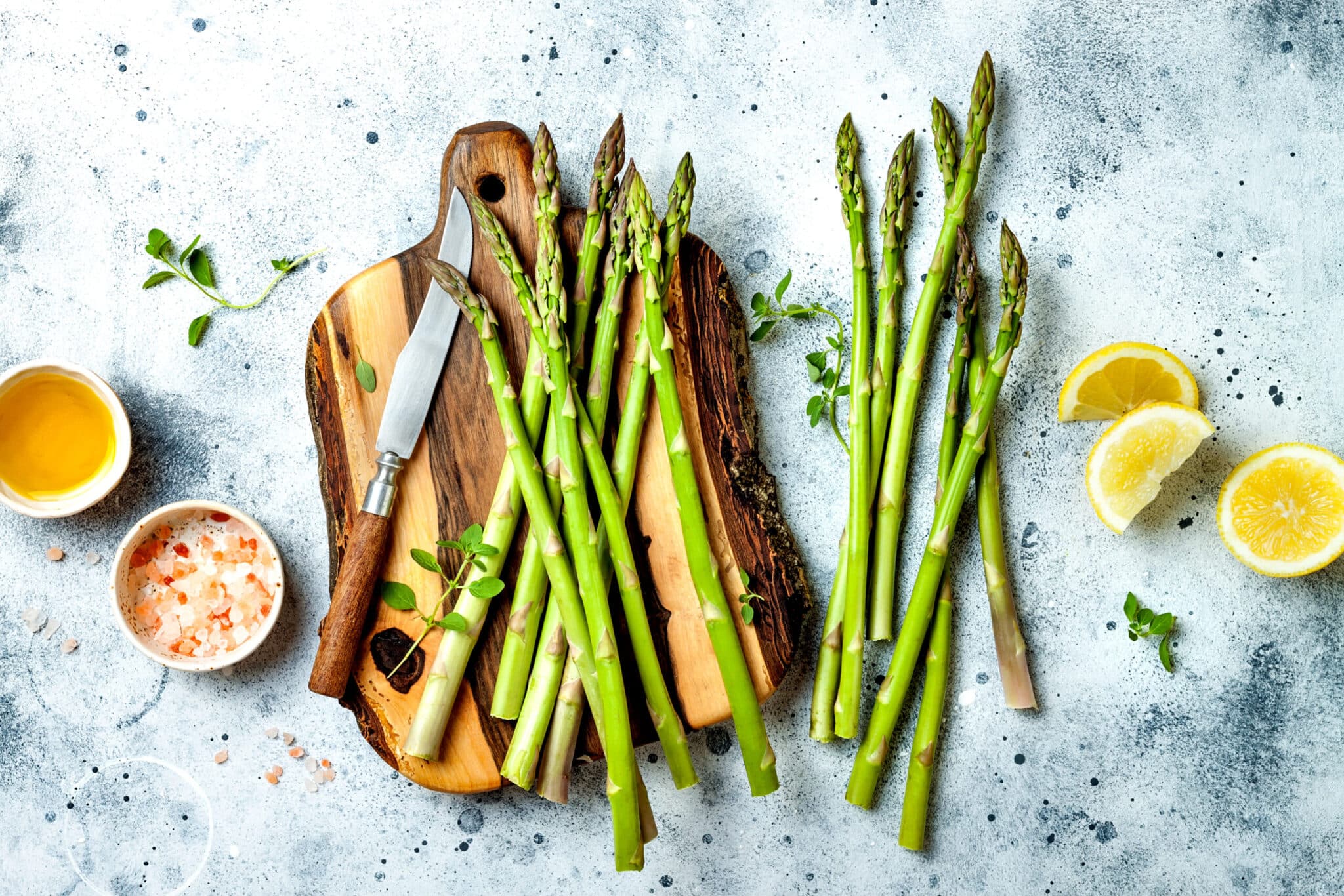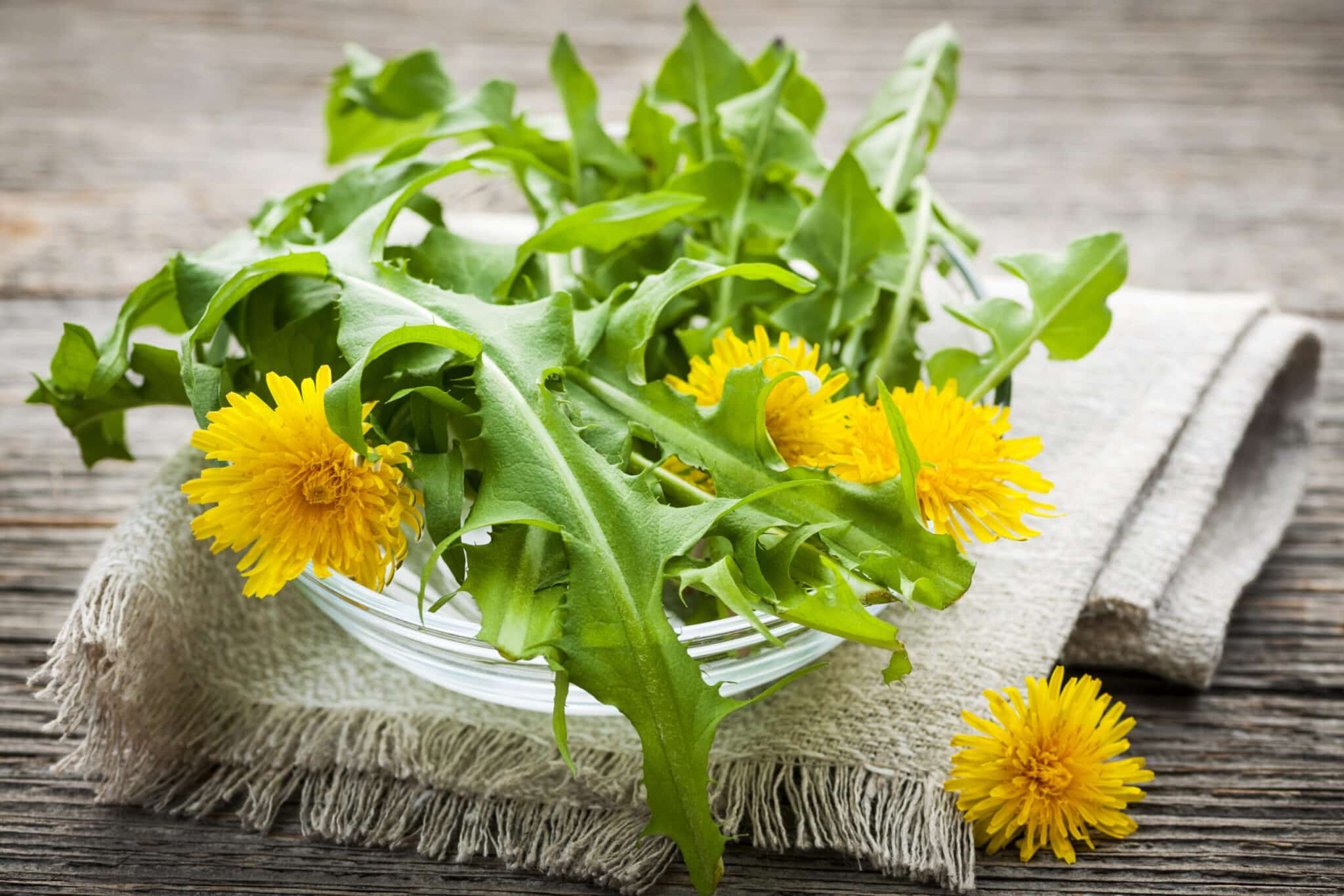It’s spring, and life is popping up all over! If you are in the northern hemisphere, you are seeing signs of life bursting through – daffodils, crocuses, bulbs, buds on trees. Plants bursting through the old, dead leaves and grasses. If you are a gardener, (or even if you are not), you can see that new life can spring forth much more easily when things have been cleared away, when there is nothing blocking or impeding it. In our houses, there is a natural impulse to “spring clean”; to air things out, to make way for the new.
As with the outside world, so with our bodies. Many of us hear of people doing a “cleanse” in the spring. That is because the season of spring invites us to harness this energy – to clear and clean out the stagnant energy of winter. Nature provides us with foods in the springtime that can help us do just this. If we eat according to what is “springing up”, we will help our bodies (specifically our digestive systems) to work more efficiently, our bodies to feel lighter, and we will be in good shape for the movement of summer.
The foods that help us to “spring clean” our bodies are those flavors that encourage movement and natural detoxification. They are “bitter”, “pungent”, or “astringent” flavor. Their color tends to be bright, spring green. When you are out at the farmers markets, or in the food store, you can use these qualities to guide your purchases.
Two seasonal favorites which are champions at spring cleaning are asparagus and dandelion greens. These vegetables will do their best for you when they are fresh, organic, and grown locally.

Asparagus
Asparagus can be a wonderful blood cleanser. Asparagus should be cooked until just done or still firm, and still retain their bright green color. If they are gray and limp when you take them out of the pan, you have overcooked them. Lightly steaming asparagus is easy and fast and helps to retain maximum vitamins and minerals. When cooked correctly, the color of asparagus brightens.
Dandelion greens
What many people consider a “pesky” weed can be a powerhouse for your liver! Yep, dandelion greens not only strengthen the liver but can also aid in kidney function. If you have allowed dandelions to grow without chemical fertilizers or weed killers, you can harvest the greens and add them to your salad. Dandelion greens act as a very mild diuretic and are rich in calcium, folic acid, potassium, vitamin A, iron, choline, and vitamins B1 and B2, as well as trace minerals, (the amounts of which will depend upon where they are grown). Dandelion greens are best eaten raw, tossed in with your other salad greens to retain their vitamins and vitality. You may also wish to gently steam or sauté them with other greens, such as chard and/or spinach.
Lemon
Another aid in our spring journey toward wellness is the lemon. We know it is astringent because of the way we “pucker up” when we taste it. Squeezing fresh lemon over salad or your favorite vegetables is a wonderful way to promote digestion and cleansing, and it tastes great, too. Drinking a fresh lemon juice beverage in the morning will help to wake up your liver, readying it for its workday of cleansing and detoxifying. (Add a pinch or more of ground turmeric and it will be even better!)
Other “spring foods” are arugula, daikon root, Chinese cabbage, parsley, spinach, okra, green onions, snap peas, microgreens, and baby greens of all sorts.

Sprouting: put a little spring on your windowsill and in your diet
Along with eating to cleanse and clear out old, stagnant energy, consider including the young, bright energy of spring in your diet. An easy way to do this is to add raw sprouts to your salads or steam or sauté them and dress with lemon and olive oil just prior to eating.
Growing your own sprouts is a wonderful way to experience the bursting energy of spring right on your windowsill or countertop. You will be surprised to discover how easy it is to do, and how quickly they sprout.
What can you sprout? Nuts, beans, grains, or seeds! (They are all seeds, anyway!) Mung beans, adzuki beans, and lentils are wonderful sprouted and are very high in nutrients. You may also sprout seeds: radish, broccoli, peas, and others for some variety and a bit of spice to your life! (Just don’t sprout alfalfa—alfalfa sprouts contain canavanine, an amino acid that can “inhibit the immune system and contribute to inflammatory arthritis”. – Sally Fallon, Nourishing Traditions, p. 113.)
A Step-by-Step Guide to Sprouting Nuts or Seeds
- Fill a quart size glass jar with about an inch or two of nuts or seeds. (Wide mouth works best.)
- Place a square of mesh or cheese cloth over the jar and secure with ring from lid or a rubber band.
- Rinse.
- Cover with filtered water and let the nuts or seeds or beans sit in the jar of water for 12 hours or overnight.
- Drain and rinse with fresh water.
- Invert the jar at a diagonal and place in a bowl. This will encourage drainage and discourage mold.
- Put on windowsill.
- Rinse 2-3 times each day with fresh water until you see sprouts. Nut and seed sprouts will be very small. Usually, they will sprout within 2 days. (Note, if sunflower seeds turn black, throw them out.)
May your journey to wellness this spring be delicious and full of light, bright, spring energy!
Monica Corrado, MA, CNC, CGP is a teaching chef, Certified Nutrition Consultant, and Certified GAPS Practitioner who is passionate about illuminating the connection between food and well-being. A member of the Honorary Board of the Weston A. Price Foundation for almost 20 years, Monica is a dynamic teacher, speaker, consultant, and author who lives to share the tools, knowledge and inspiration to cook nourishing, traditional food. Monica is also The GAPS (Gut and Psychology Syndrome™) Chef”, and teaches cooking for the GAPS diet for Dr. Natasha Campbell-McBride’s GAPS Training team.
www.simplybeingwell.com
FB: Simply Being Well: Cooking for Wellbeing
Twitter: @simplybeingwell
IG: mcsimplybeingwell

